About SHREDinjuries Field Hockey Neuromuscular Training Warm-Up Program
The SHRED Injuries field hockey neuromuscular training warm-up program is being evaluated in high school and youth club players. The program was developed with ongoing feedback from field hockey coaches, players, strength and conditioning staff, physiotherapists and epidemiologists.This warm-up is designed to be completed in 10–12 minutes at the beginning of every training session and game.
Neuromuscular training has been shown to reduce the incidence of injury by >30% in youth. Our current research is evaluating the effectiveness of this program in reducing injuries in Canadian youth field hockey players.

Categories
Aerobic
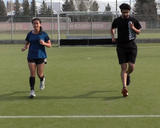
Jogging forward and backward
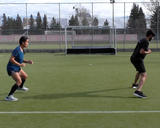
Side shuffle
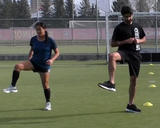
Open and Close the gate
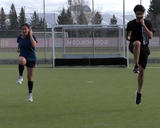
Power skips

Zig-zag running
Balance
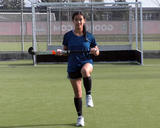
Level 1: Single-leg balance with high knee hold
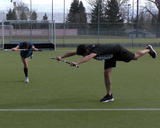
Level 2: High knee to superman balance
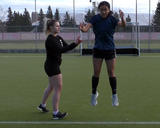
Level 1: Jumps with partner nudge
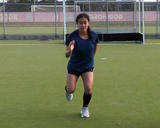
Level 2: Two-foot jump to single-leg landing
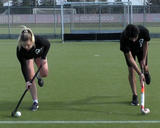
Level 1: Stick handling on single-leg

Level 2: Passing on single-leg
Strength

Level 1: Nordic hamstring curl

Level 2: Nordic hamstring curl with push-up
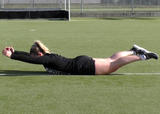
Level 1: Superman holds
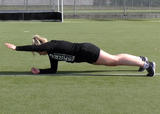
Level 2: Front plank with arm lifts

Level 1: Side plank
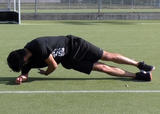
Level 2: Side plank with torso rotation

Level 1: Squat hold
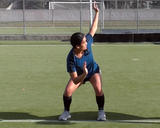
Level 2: Squat hold with torso rotation
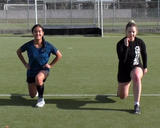
Level 1: Clock lunges: 12, 3, 6 o'clock
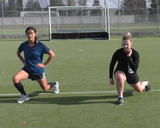
Level 2: Clock lunges: 2, 5, 7 o'clock
Agility
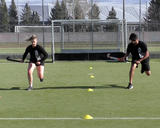
Level 1: Skate jumps (controlled)
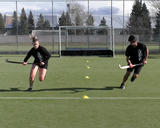
Level 2: Skate jumps (quick)

Level 1: Accelerations and Decelerations
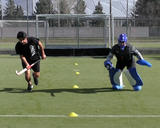
Level 2: Shuttle runs
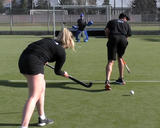
Level 1: Ball chase and shot on net


